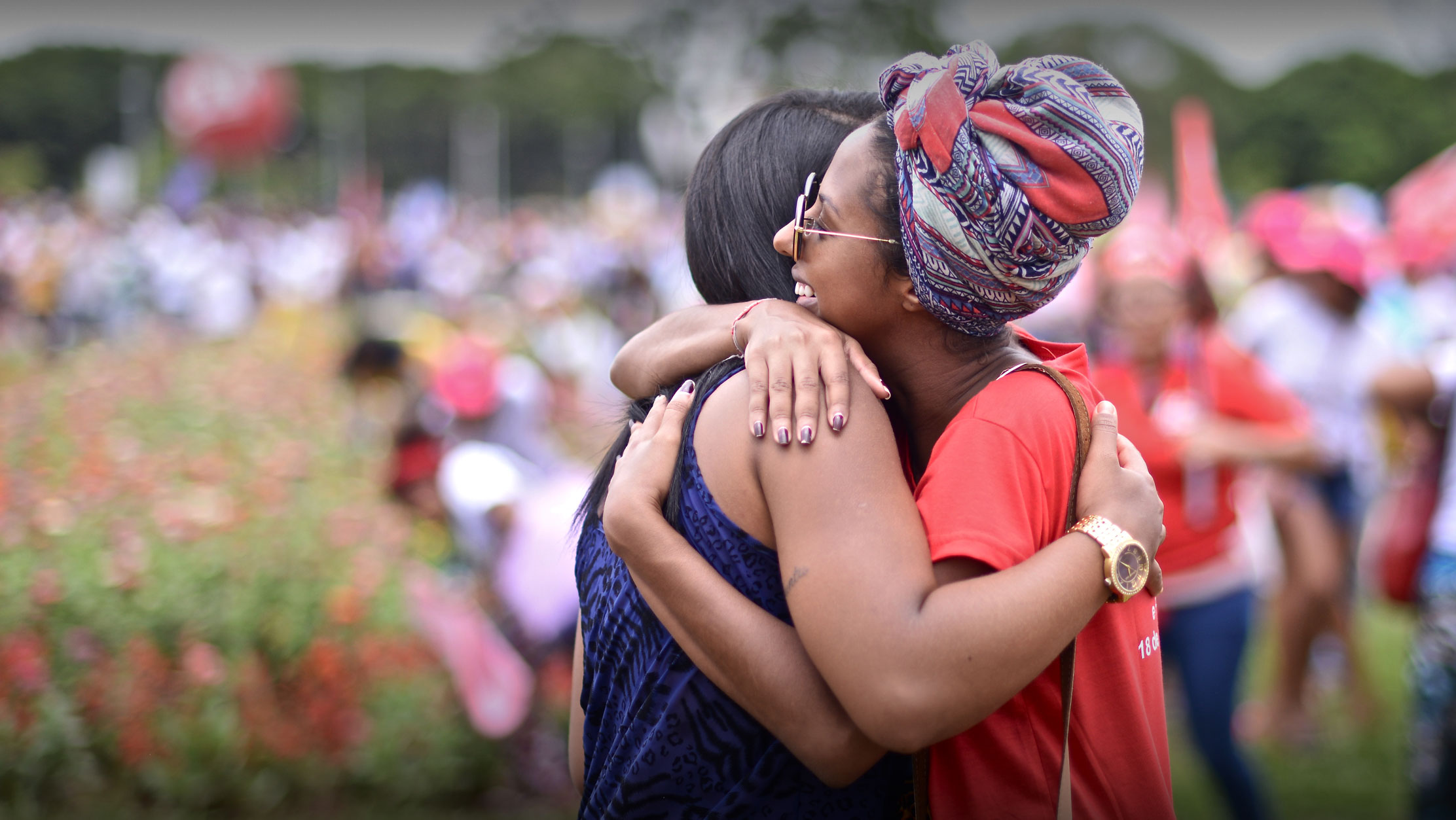10 memorable AWID moments: Living our Feminist Realities - Part 3
With the beginning of a new year, we’re ready to dive with fresh energy into the work of building a world where feminist realities flourish, where resources and power are shared in ways that enable everyone - including future generations - to thrive and realize their full potential with dignity, love and respect, and where the planet nurtures life in all its diversity.
